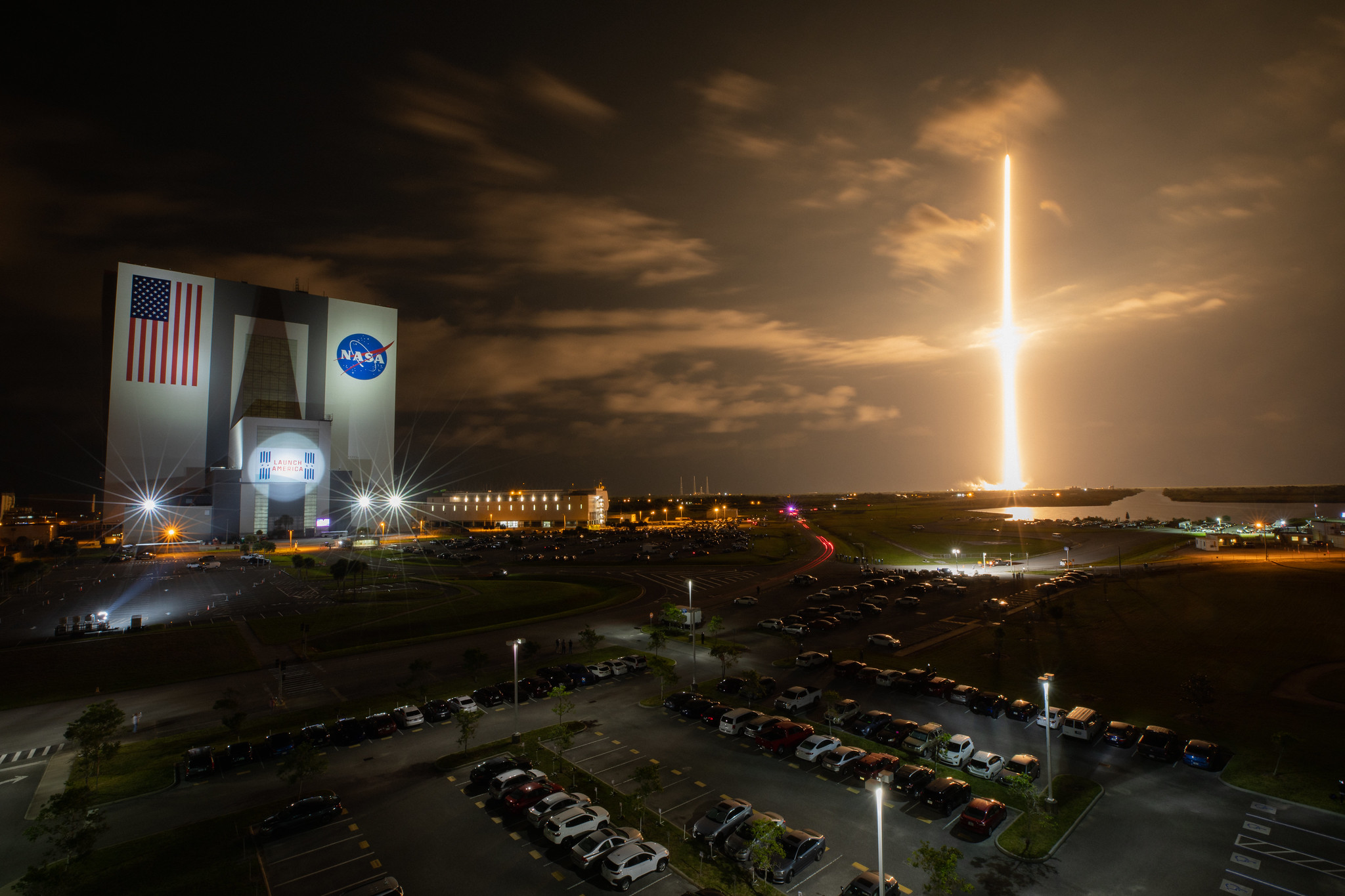
NASA and SpaceX have adjusted target launch and return dates for upcoming crew missions to and from the International Space Station based on visiting vehicle traffic.
NASA’s SpaceX Crew-3 mission now is targeting launch no earlier than Sunday, Oct. 31, with NASA astronauts Raja Chari, Tom Marshburn and Kayla Barron and ESA (European Space Agency) astronaut Matthias Maurer. Crew-3 will launch on a new Crew Dragon spacecraft from Launch Complex 39A at NASA’s Kennedy Space Center in Florida to begin a six-month science mission at the space station.
Crew-3 astronauts will arrive at the space station for a short handover period with the Crew-2 astronauts and other crew members on Expedition 66. Crew-2 NASA astronauts Shane Kimbrough and Megan McArthur, JAXA (Japan Aerospace Exploration Agency) astronaut Aki Hoshide, and ESA astronaut Thomas Pesquet are targeting early-to-mid November for a return to Earth inside Crew Dragon Endeavour off the coast of Florida.
Following Crew-3, the next crew rotation mission is targeted for no earlier than mid-April 2022 with the partner spacecraft and launch vehicle to be determined at a later date.
NASA’s Commercial Crew Program is working with industry through a public-private partnership to provide safe, reliable, and cost-effective transportation to and from the International Space Station, which will allow for additional research time and will increase the opportunity for discovery aboard humanity’s testbed for exploration. The space station remains the springboard to space exploration, including future missions to the Moon and eventually to Mars.
